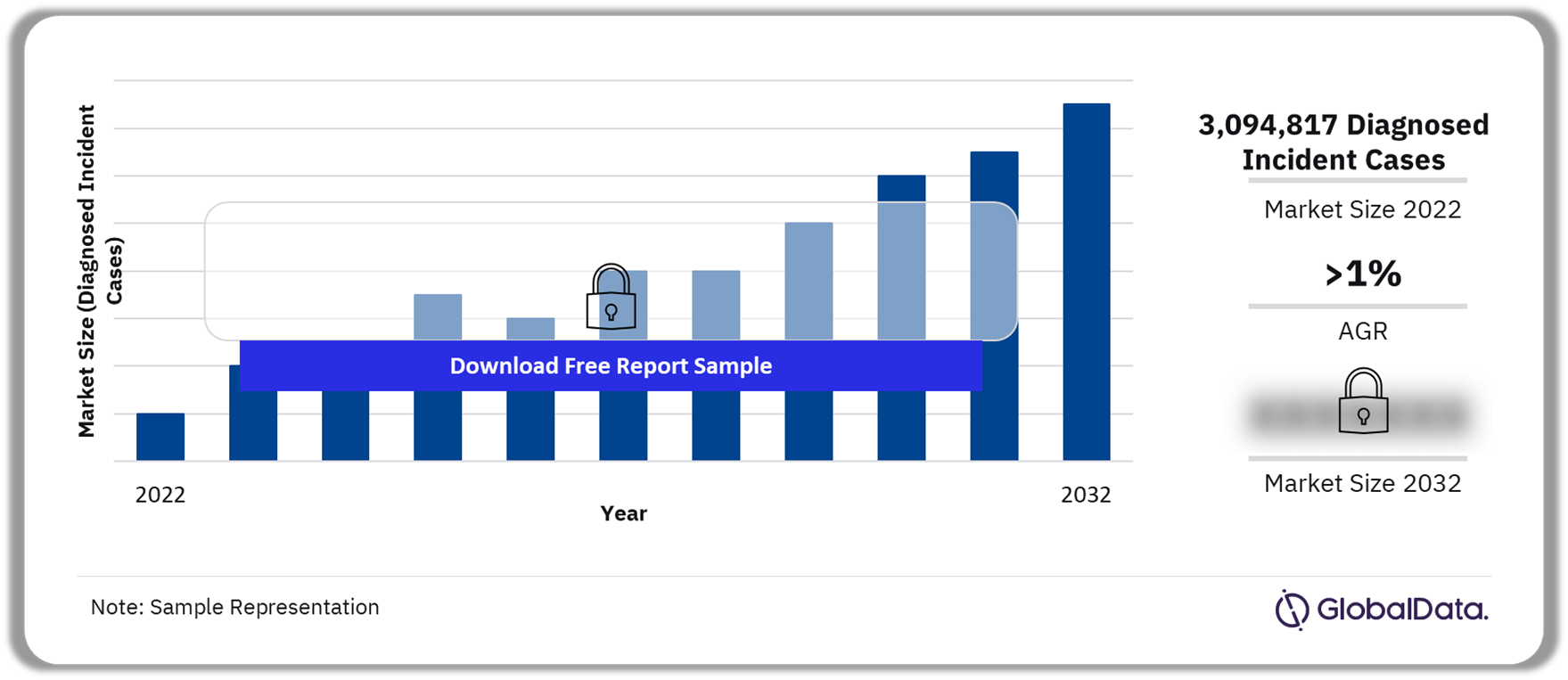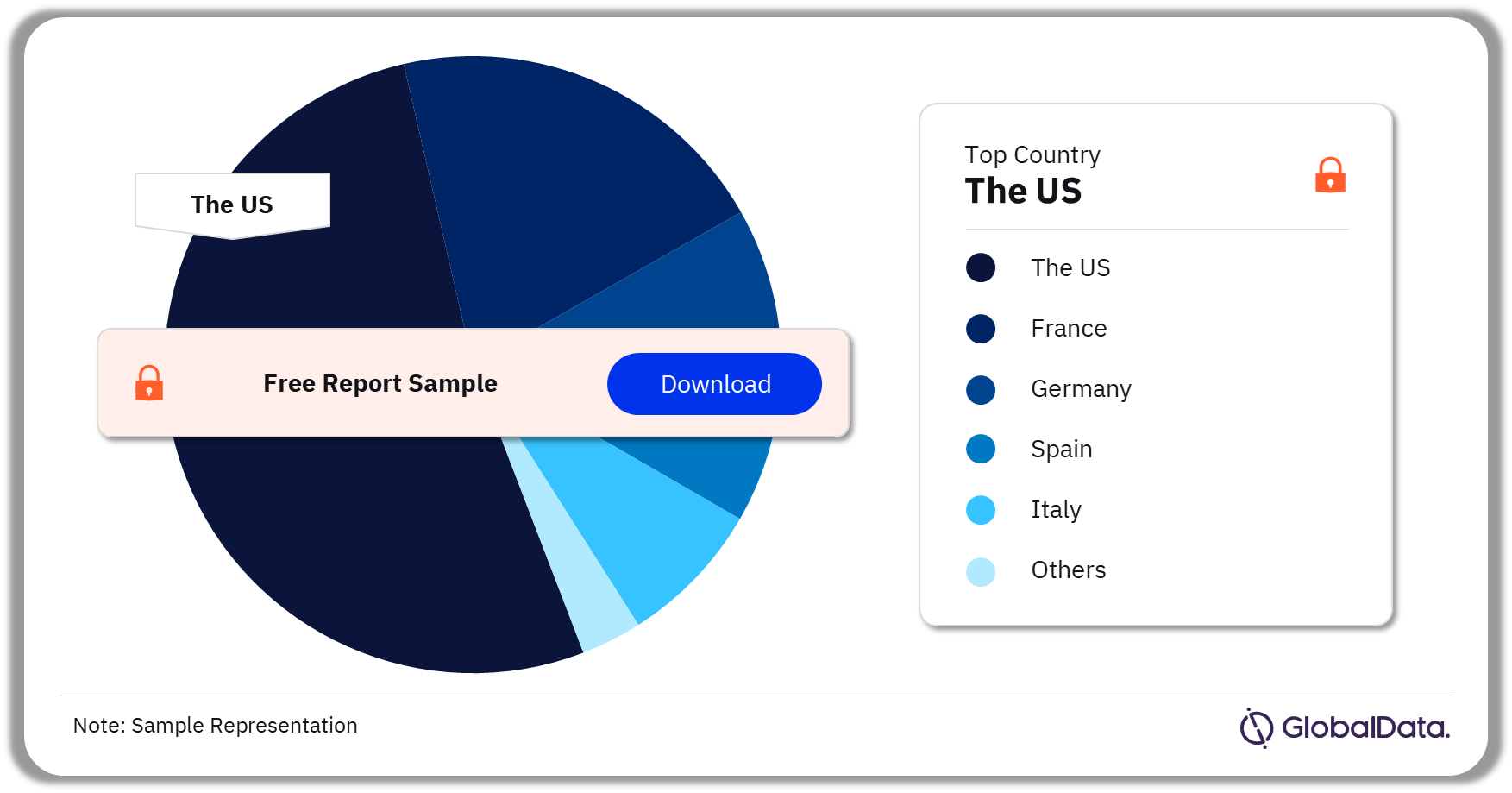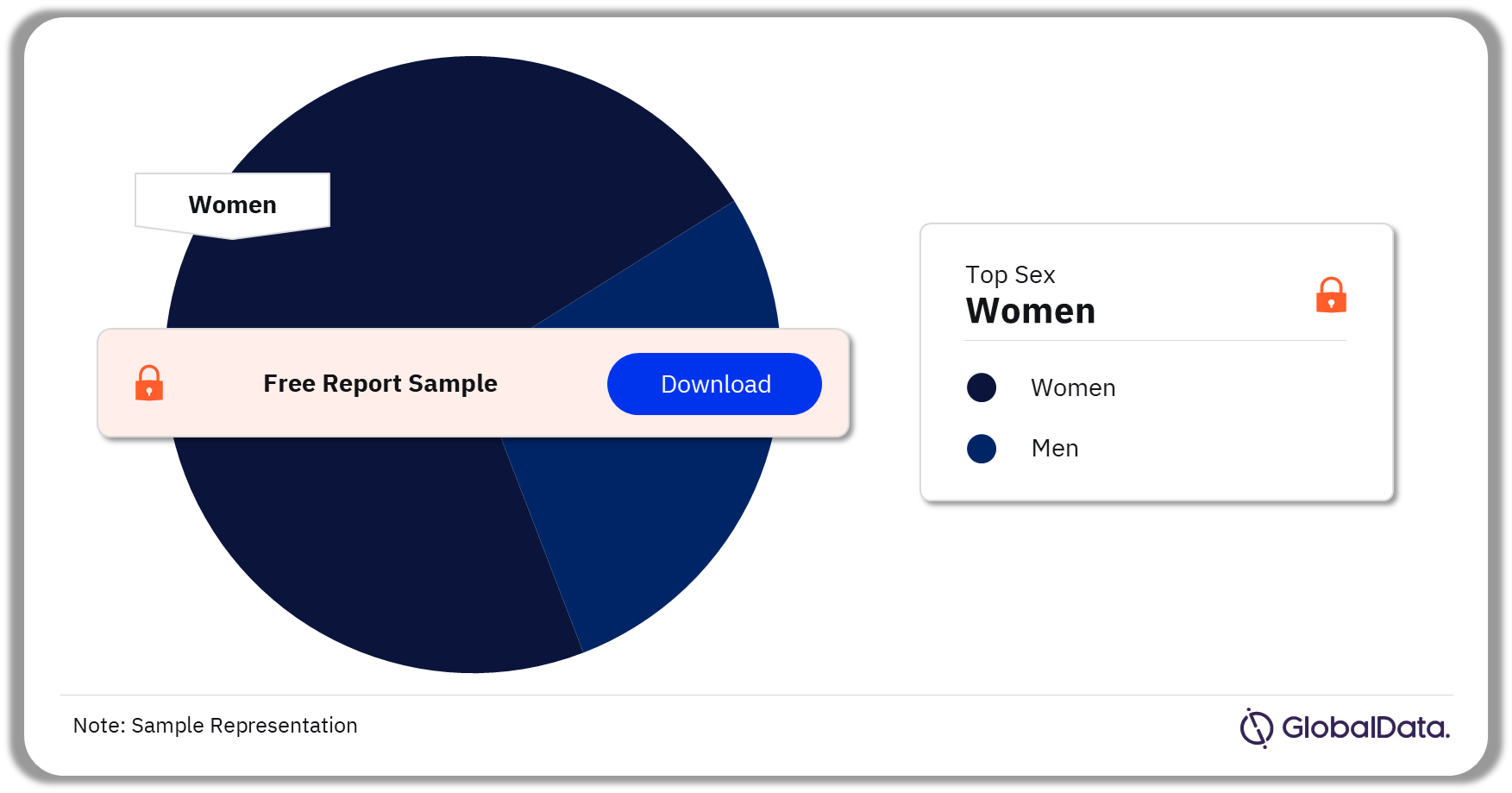Heart Failure Epidemiology Analysis and Forecast to 2032
Powered by ![]()
All the vital news, analysis, and commentary curated by our industry experts.
Heart Failure Epidemiology Analysis Report Overview
In the 7MM, there were 3,094,817 diagnosed incident cases of heart failure in 2022 and will grow at an AGR of more than 1% during 2022-2032. Heart failure (HF) is a condition characterized by the reduced ability of the heart to pump and/or fill with blood. It is a lifelong condition in which the heart muscle cannot pump enough blood to meet the body’s needs for blood and oxygen.
HF is diagnosed through blood tests, cardiac catheterization, chest x-ray, echocardiogram, stress test, genetic testing, and brain natriuretic peptide (BNP) test among others. Although HF has no cure, treatment can help in leading a more active and prolonged life with fewer symptoms. The treatment depends on the type and severity of HF. A combination of medicines may be used to treat HF. These include angiotensin-converting enzyme (ACE) inhibitors, angiotensin II receptor blockers (ARBs), angiotensin receptor plus neprilysin inhibitors (ARNIs), beta blockers, diuretics etc. Surgery is indicated if the symptoms of HF worsen, and if HF is life-threatening and other treatments have not worked, a heart transplant is necessary (American Heart Association, 2023g). Early diagnosis and treatment can improve quality and length of life for people with HF. Additionally, lifestyle changes such as lowering sodium or salt intake, maintaining a healthy weight, regular physical activity, quitting smoking, avoiding alcohol, controlling the factors that may worsen heart failure like blood pressure, heart rhythm, and anemia, managing stress, and getting good-quality sleep may improve the condition significantly (NHLBI, 2022c).
Heart Failure Market Outlook, 2022-2032 (Diagnosed Incident Cases)
Buy Full Report for More Insights into the Heart Failure Market Forecast
The Heart Failure market research report provides an overview of the risk factors, comorbidities, and global and historical epidemiological trends for heart failure in the seven major markets namely the US, France, Germany, Italy, Spain, UK, and Japan. The report also includes a 10-year epidemiology forecast for the diagnosed incident cases and diagnosed prevalent cases of HF.
The diagnosed incident cases and the diagnosed prevalent cases of HF are segmented by age, sex, and ejection fraction. Diagnosed incident cases of HF are further segmented based on acute HF hospitalizations, acute HF hospitalizations based on presentation, hospital length of stay, and re-admissions within 30 days post-discharge. Additionally, diagnosed prevalent cases of HF are segmented based on NYHA classes, diagnosed prevalent cases of HF-PEF, HF-mrEF, and HF-REF, are segmented based on NYHA classes, and diagnosed prevalent cases of HF by ACCF/AHA stages.
| Market Size (2022) | 3,094,817 Cases |
| AGR (2022-2032) | >1% |
| Forecast Period | 2023 – 2032 |
| Key Countries | · The US
· France · Germany · Spain · Italy · The UK · Japan |
| Key Age Segments | · ≤18 years
· 19-49 years · 50-59 years · 60-69 years · 70-79 years · 80 years and older |
| Key Sex Segments | · Men
· Women |
| Enquire & Decide | Discover the perfect solution for your business needs. Enquire now and let us help you make an informed decision before making a purchase. |
Heart Failure Market Segmentation by Country
The key countries across the 7 MM are the US, France, Germany, Spain, Italy, the UK, and Japan. Among them, the US had the highest number of diagnosed incident cases of heart failure in 2022.
Heart Failure Market Analysis by Country, 2022 (%)
Buy Full Report for More Country Insights into the Heart Failure Market
Heart Failure Market Segmentation by Age
Based on age, the heart failure market can be segmented into up to 18 years, 19-49 years, 50-59 years, 60-69 years, 70-79 years, and 80 years and older. In 2022, adults aged 80 years and older made up the highest proportion of diagnosed incident cases of heart failure and patients up to 18 years made up the lowest proportion.
Heart Failure Market Analysis by Age, 2022 (%)
Buy Full Report for More Age Insights into the Heart Failure Market
Heart Failure Market Segmentation by Sex
Based on sex, the heart failure market can be segmented into men and women. In 2022, the number of diagnosed incident cases of heart failure was higher in women than in men in the 7MM combined. The UK had the largest difference between the diagnosed incident cases while Japan had the smallest variation.
Heart Failure Market Analysis by Sex, 2022 (%)
Buy Full Report for More Sex Insights into the Heart Failure Market
Segments Covered in the Report
Heart Failure Market Country Outlook (Diagnosed Incident Cases, 2022-2032)
- The US
- France
- Germany
- Spain
- Italy
- The UK
- Japan
Heart Failure Market Age Outlook (Diagnosed Incident Cases, 2022-2032)
- ≤18 years
- 19-49 years
- 50-59 years
- 60-69 years
- 70-79 years
- 80 years and older
Heart Failure Market Sex Outlook (Diagnosed Incident Cases, 2022-2032)
- Men
- Women
Reasons to Buy
The heart failure epidemiology series will allow you to:
- Develop business strategies by understanding the trends shaping and driving the global heart failure market.
- Quantify patient populations in the global heart failure market to improve product design, pricing, and launch plans.
- Organize sales and marketing efforts by identifying the age groups that present the best opportunities for heart failure therapeutics in each of the markets covered.
Table of Contents
Table
Figures
Frequently asked questions
-
How many diagnosed incident cases of heart failure were seen in the 7MM in 2022?
In 2022, there were 3,094,817 diagnosed incident cases of heart failure in the 7MM.
-
What is the growth rate of the heart failure market?
The diagnosed incident cases of heart failure are expected to achieve an AGR of more than 1% during 2022-2032.
-
Which was the leading age segment in the heart failure market in 2022?
In 2022, for the 7MM combined, the leading age segment in the heart failure market was adults aged 80 years and above.
Get in touch to find out about multi-purchase discounts
reportstore@globaldata.com
Tel +44 20 7947 2745
Every customer’s requirement is unique. With over 220,000 construction projects tracked, we can create a tailored dataset for you based on the types of projects you are looking for. Please get in touch with your specific requirements and we can send you a quote.
Related reports
View more Congestive Heart Failure (Heart Failure) reports












